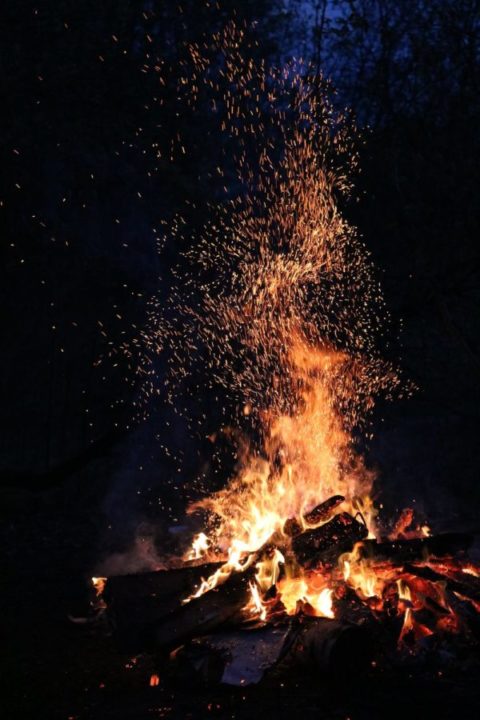 Listen to Laura’s podcast of this food essay by clicking the arrow below:
Listen to Laura’s podcast of this food essay by clicking the arrow below:
When I first came to England many years ago, I confess to finding Bonfire Night, with its typically drizzly fireworks and cold burgers on soggy fields — not to mention the burning of a Catholic effigy – rather uncomfortable and bewildering. It seemed to bear little relation to the Halloween revelries I was accustomed to, though it occupied a similar place in the calendar; and though I understood that it meant something special, I couldn’t quite fathom what.
A couple of years ago we joined friends in the countryside for Bonfire Night, and it was the first time this strange English ritual really touched me, and I did not expect this.
Our friend Gordon had built a masterly construction of timber culled from trees he had been giving attention to on his two acres: no rubbish or bits of lumber, just branches, mostly deciduous, with one large pine that hadn’t made it through the previous winter. He had carefully considered where to position the pile, taking into account wind directions and the 100-foot trees marking the border between his meadow and the neighbouring farmer’s pigs and winter wheat. The chickens were moved to safety, and the scene was set.
I had lingered in the kitchen well past dark while the fire was being lit, so when I walked through the long, wet grass to join the company, flames were already in a full roar with a spectacular show of sparks whorling against the dark, like an enormous swarm of fireflies, or frenetic fairies. It was arrestingly beautiful, and I did stop, caught in wonder beneath a storm of sparks that seemed to land in the trees like magic lanterns before safely melting.
We were all speechless for some time, mesmerised by this primal sight. All was quiet save for the crackling as fire consumed the smallest branches and broke off to fly, transformed into those phoenix butterflies; quiet save for the low roar when the wind gave a gust; quiet save for an occasional squeal from the sows in the pens across the road. There were no other lights around, only the distant house — nothing to signal the year or the century. Just a band of beings joined in the dark around the dance of flames.
When Julie emerged from the darkness a little later carrying sausages made from Jeremy’s pigs, we felt another pull on our primal brains. Food cooked on fire can taste like salvation. With potatoes cooked in the embers it was a feast to be remembered all my days, a contentment that went deep. Fire in the cold and dark, food cooked on the fire, and companionship. That was once all we needed.
All these signals brought back memories for the adults present, some speaking with surprising tenderness of the Bonfire Nights of their childhoods. I realised for the first time why this celebration, with its anachronistic Guy, persists.
As we filled the corners crunching through toffee apples and ginger cake, and the kids wrote their names in the dark with their sparklers, stories were told: of brothers ransacking cupboards for worn-out clothes to assemble their guy, trundling through the neighbourhood asking for pennies, counting their takings to see what fireworks could be bought, how much cinder toffee… ; and of the bond with fathers, as the parent usually consulted on matters as seriously destructive as a fire, and the launching of rockets.
And of course there was the food associated with this night…. The charred potatoes, dripping with butter to be wiped from chins with mittened hands; the parkin that had to be made three days ahead so it was properly sticky; the treacle toffee that could break a tooth; and for one of our number, the smell of toffee filling the autumn air in his Midlands hometown where it was made in the run-up to the fifth of November. The oldest of us recalled chestnuts as a precious treat cooked on the indoor fire in the dark war years, when so much was rationed and bonfires themselves were banned because of the blackout.
The ritual food of Bonfire Night also represented freedoms: of eating outside the realm of the table, and its manners and clean fingernails…. Cooking something in the flames, waiting for it to be ready, judging how far to go, was all part of the adventure: what fun to take charge, fending for oneself, like the self-sufficient Robinson Crusoe.
I shared childhood stories of Halloween liberties, as they were in my day: how, for us country girls, it was all about revelling in the fleeting colours and bounty of October: the vibrant leaves, the squashes and gourds, the multi-coloured ears of Indian corn, the apples and apple cider — as well as the license to flirt with fear and mischief. We scrumped pumpkins from the neighbour’s fields and rolled them home to carve jack-o-lanterns, and made costumes out of old sheets and cardboard in readiness for the night itself, when the freedom to run from house to house unsupervised, boldy asking strangers to fill our pillowcases with candy, was intoxicating. Certainly all that sugar intake is shocking to recall, but it was a liberating reversal of norms that was healthy in its way, when we kids got to make the demands in a manner that felt naughtier than it was – all of it socially sanctioned disorder, and short-lived.
Halloween and Bonfire Night both traditionally have their rowdy side. There are early accounts in Cambridge newspapers of “boisterous bonfires” where undergraduates celebrated with “more than usual sincerity”, “stealing policemen’s helmets” and “putting out lamps”, like something out of PG Wodehouse; and several more alarming accounts including one from 1926, when “forty-nine Cambridge undergraduates, along with journalist, a grocer’s assistant, and a labourer, were arrested after a scrimmage with police”. There was even an outright riot in 1898, when “flames reached 40 or 50 feet across the width of the Marketplace, after mobs “rushed about the streets in search of plunder to feed the flames, ransacking fences, gates, notice boards, hoardings and street signs, wrenching doors from their hinges, shutters from their resting places, and making off with several wheel barrows, numerous public seats, a handcart, and even a large shed from Trinity College Gardens that they demolished using a horse-roller as a battering ram.”
Golly… Perhaps it’s just as well these celebrations have become more regulated, with advice on how to calm pets, check for hedgehogs, and keep safe with firecrackers.
But back in the countryside with my friends that quieter and more intimate Bonfire Night two years ago, my thoughts were of a different sort of primitive human behaviour. That evening around the fire had made a connection for me to something profound I had experienced in Sardinia the winter before, at Su Nuraxi in Barumini, an hour into the remote hill country north of Cagliari. There, in the company of one gentle Sardinian man with little English and ancient features, we visited the most spectacular of the mysterious Nuragi – cone-like dwellings whose crumbling ruins dot the Sardinian landscape like ancient beehives.
Built by Bronze Age people, this fortress was sited around a well, with small circular dwellings no bigger than a tent, arranged closely together around the main tower. These little pods were where people over 3,000 years ago would cluster for warmth and food around their own fires. Our guide had showed us earlier the well at the centre of the site, from which everything else revolved. “Water is life”, he said. “They found water first and built here”. Maybe because we had seen some of the artefacts from this very site the day before in the city’s archaeological museum – cooking pots, spoons, and even beautiful little statues, the site came alive for us that day, in the remote landscape where no other sign of human habitation intruded, and we and our guide were the only beings present. It was eerily easy to feel the presence of those ancient people.
We human beings have come so far since then, yet so far is so little, when judged on another scale. I felt the connection with those ancient Sardinians, and with my fellows in the countryside that Bonfire Night, because I felt it in my body and in my nerves — the fire that warmed and enchanted me, the food that put right my restless hunger, the clan close by, a presence in the dark — those elemental needs that we all, everywhere, share.
Bonfire Night has its historical provenance particular to this country, but perhaps it’s endured because it also fills a niche that cultures around the world practice in myriad ways, at that inescapable moment when we must acknowledge that the dark days of winter are coming, and we need to reassure ourselves that there will still be light to find our way, and warmth and food to keep our clan safe.
Our very evolution as a species is down to food cooked over fire. It’s widely believed now that the shift from eating raw to cooked foods, as long ago as 1.8 million years, much earlier than previously believed, was what allowed us to develop the larger brains that make us Homo sapiens. Unlike a lot of animals, humans have to process much of the food we eat outside our bodies before its nutrients can be fully available to us; and for our early ancestors this meant crushing, grinding and bashing, etc… Cooking vastly accelerated our evolution because heat does a much better job than these primitive mechanical means. It breaks down starches in roots and grains, and makes animal proteins safer and more digestible; and softer food allows us to take in more calories with less effort, so we don’t have to spend nine hours a day chewing, like other primates. Our bodies were able to use more energy building larger brains, and this in turn allowed us to develop our social systems and skills. Fire has made us what we are, and its importance to us goes deep and far back.
I understand better now what may lie under the appeal of Bonfire Night, and have looked on it differently these past two years. It was cultural difference that made me resistant to its charms, and a universal human response that made me connect.
A step back in evolutionary time can be good for us, reminding us of what we have in common, despite our many and marvellous differences. When I remember how that night around the bonfire with friends touched something in me, I also smell the smoke of our ancestors, and sense them moving around their fire, that first, primitive table, stirring the cooking pot, waiting for the moment when they could share out its steaming contents, and I feel in good company.
Light in the darkness.
[This food essay was also broadcast on the radio food programme, Flavour, on Cambridge 105FM Radio. You can hear the whole Flavour programme here.]
Laura’s other Food Essays for radio, on Crumbs on the Table:
- The British apple and its orchard heritage
- A Christmas essay
- The fall and rise of the tomato
- In search of the honest apricot
- New decade, new national food strategy
Photo credit: The Bonfire photo above is shared from Pixabay.
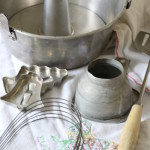

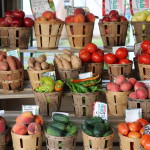
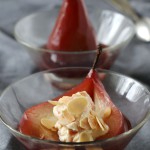
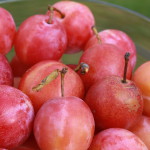
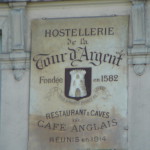 Tour D’Argent: a remembrance of things past at today’s prices
Tour D’Argent: a remembrance of things past at today’s prices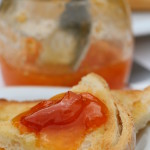 Apricots, les abricots
Apricots, les abricots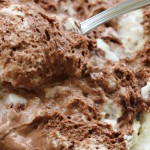 I used to cook in a piggery
I used to cook in a piggery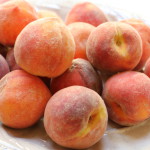
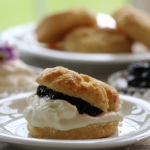
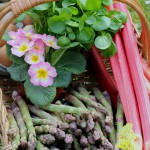
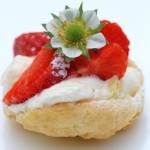
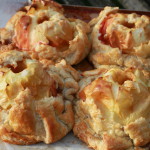
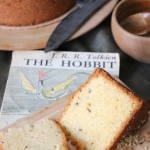 Seed cake and story
Seed cake and story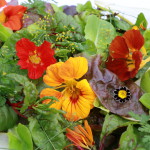
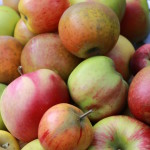

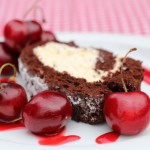
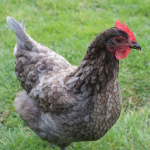
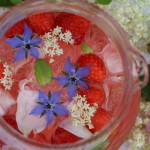
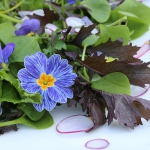
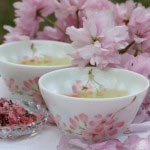
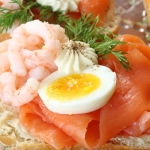
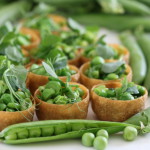
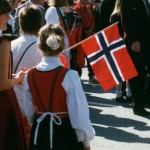
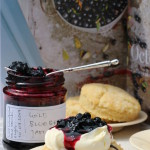
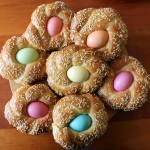 Easter is late this year
Easter is late this year
Leave a Reply